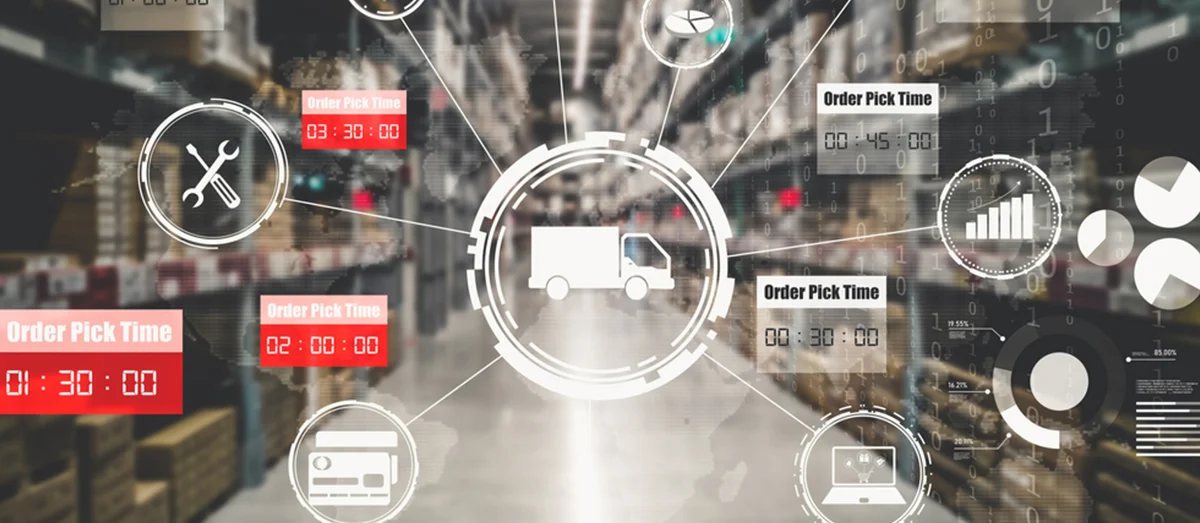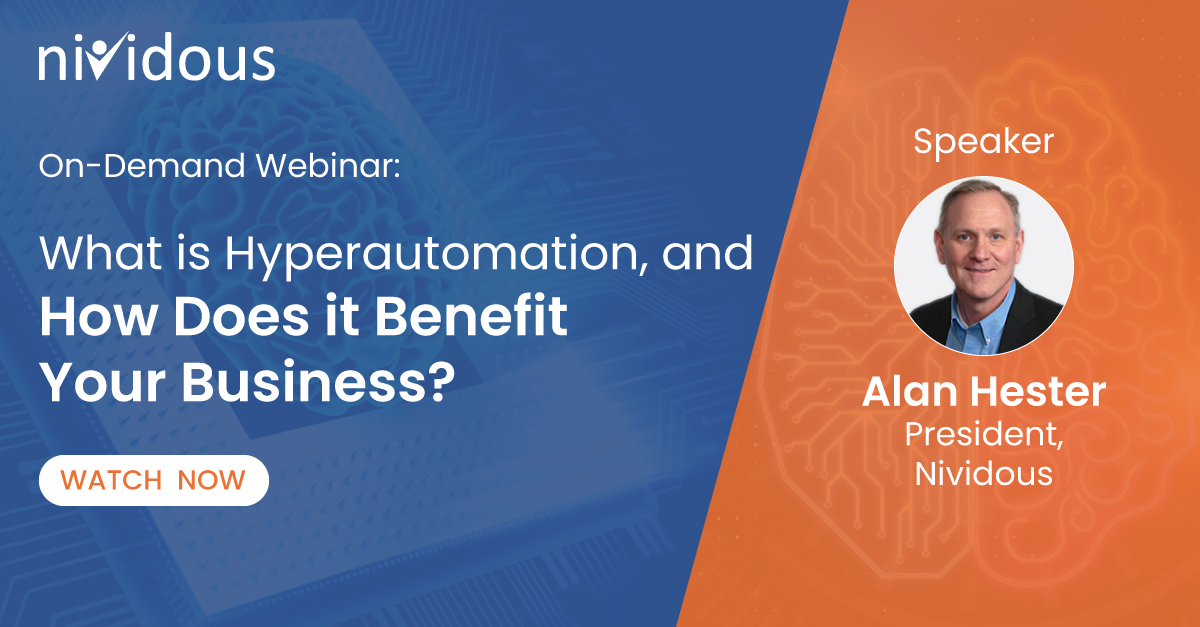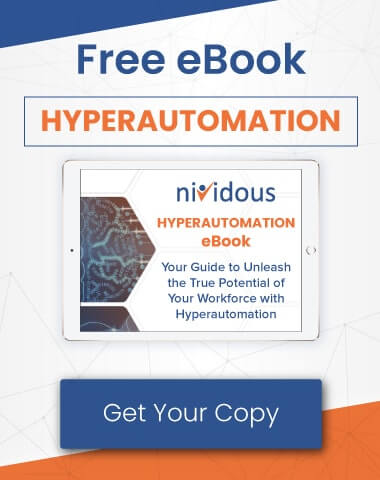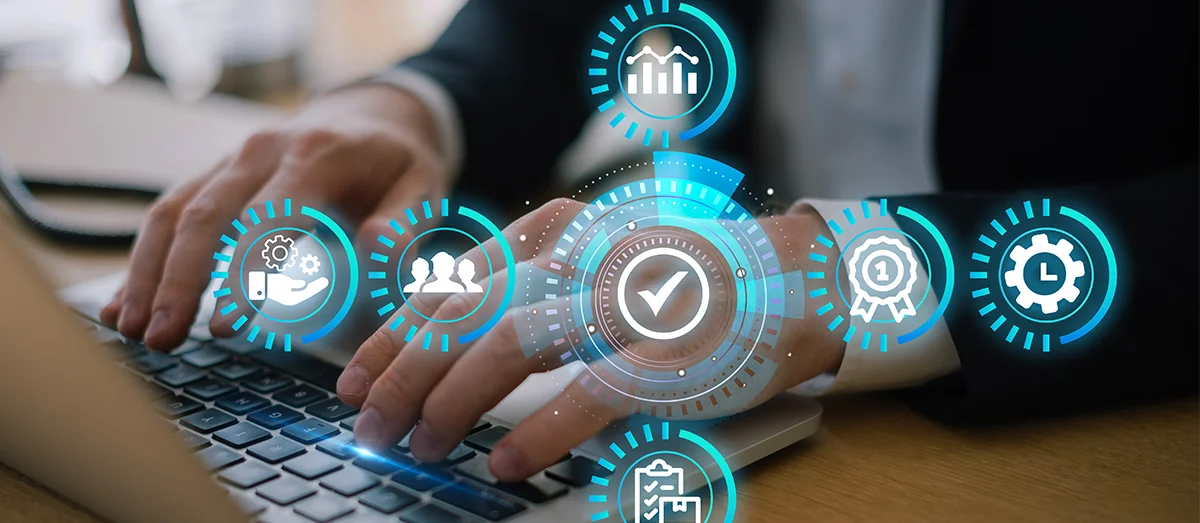Logistics management is full of tough questions.
- When you ship a load of freight, how can you be sure you’re getting the best rates?
- Which shipping lanes ensure on-time delivery, factoring in weather and other contingencies?
- Will there be a slot open at the receiving dock when the truck arrives?
- Is the documentation being filed correctly?
- Where is your freight at this exact moment?
To answer these questions, you need visibility: clear, real-time knowledge about carrier rates, truck supply per shipping lane, incoming weather, recipient dock traffic, your freight’s changing location, and so much more. Transportation management systems give you this visibility. Armed with insight, you’ll make smart decisions that cut costs while improving relationships with carriers and boosting customer satisfaction.
With that in mind, here’s an introduction to transportation management systems, with a special emphasis on the power of automation.
Learn how one logistics company used the Nividous intelligent automation platform.
The platform is used to automate validation of bills of lading, load reports, certificates of origin, and more
What is a transportation management system?
Put simply, a Transportation Management System (TMS) is a digital platform that streamlines—and sometimes automates—key shipping processes and data-handling tasks. Think of it as Enterprise Resource Planning (ERP) software for freight transportation. (It’s also an essential ingredient in broader supply chain automation.) TMS combines essential logistics tasks into a single, unified system that allows you to:
- Organize and compare carrier rates
- Establish and maintain carrier agreements
- Automate shipping requests to favored carriers (automated route guides by performance and lowest delivered cost)
- Track freight in transit
- Coordinate dock appointments at warehouses and recipient facilities
- Share process visibility among stakeholders to make better decisions
- Automate file management for hand-off documentation and bills of lading
- Manage complex carrier billing, including both freight costs and accessorials (additional carrier fees for surprise services like material handling, redelivery, layovers, etc.)
Combined with digital automation, TMS is a game-changer for any business that ships—or receives—goods and materials. Let’s look a bit closer at the types of enterprises that rely on TMS to remain competitive.
Who uses transportation management systems?
Manufacturers use TMS to compare carrier rates and get the best deals; distribution centers use them to optimize inbound shipments; logistics companies use them to better serve their customers while reducing demands on staff. And everyone uses them to track freight as it moves throughout the supply chain.
All that said, the most common users of TMS are manufacturers and material providers. Why? Transfer of ownership contracts. As the producer, you typically own your freight until the hand-off at the point of delivery. Buyers don’t want to take ownership of freight while it’s at your plant; they’d just be assuming the risk associated with transporting those goods.
Because you own that risk, you have a vested interest in maintaining visibility over your freight until it’s no longer yours—that is, until ownership transfers to the receiver, an act of paperwork that typically occurs at the dock (or, in last-mile e-commerce applications, the doorstep). More importantly, you end up footing the shipping bill. That means your entire business may hinge on using the lowest-cost carrier for each and every order. This core issue—the dollars and cents of shipping—explains why companies that don’t upgrade to TMS platforms may pay a severe price, both literally and figuratively.
Why do you need a transportation management system?
Shipping costs make up a considerable proportion of the price of most manufactured goods. For some items, like certain snack foods, shipping can account for more than half of the price consumers eventually pay. If you bring down shipping costs, you can choose between competing on lower prices or simply taking home more revenue.
This leads to the central question TMS seeks to answer: Are you paying too much for your freight? Shipping costs are constantly changing as the supply/demand equation shifts—in other words, as carriers shift truck volume between shipping lanes. One week, it may be cheaper to go directly from St. Louis to Newark. The next, you might find better rates detouring through Louisville. The system is dynamic.
And so are carrier rates. Consistent, predictable shipping agreements are worth more to carriers than last-minute, one-time orders. That’s why carriers charge lower contract rates (multiple shipments over a fixed period of time) than spot rates (a one-time deal, just moving a load from here to there). The difference in price can be considerable; spot rate shippers may pay twice as much as a competitor with a contract.
TMS manages these contractual relationships between shippers and carriers, automatically offering shipping orders to chosen carriers first. It’s not quite “set it and forget it,” but automating carrier correspondence can save significant staff time. Instead of a whole team managing logistics, you might just need a single manager. And this is far from the only task that you can automate when you combine TMS with Robotic Process Automation (RPA) from Nividous.
How do you automate logistics tasks through transportation management systems?
Robotic process automation entails the use of software robots, or bots, to complete digital tasks, autonomously or in concert with human users—and RPA is a core component of logistics automation. Use RPA to complete the repetitive, rule-based tasks that dominate staff time, freeing human employees to focus on innovation and growth. Nividous RPA bots incorporate Artificial Intelligence (AI) technologies, including machine learning, computer vision, and Natural Language Processing (NLP). With advanced AI capabilities, RPA bots can handle more of the shipping tasks that once required human intervention—including tasks completed through TMS platforms.
These AI-powered RPA bots operate through your TMS user interface, so there’s no need to construct original software integrations or replace existing systems. Combine RPA with TMS to automate tasks such as:
- Scheduling appointments at a warehouse dock. Instantly log into warehouse scheduling systems—despite their multiple layers of security. If you need to find appointments for 20 loads, those rote log-in steps—plus finding dock appointment openings—become a serious drain on staff time. RPA bots can automate key parts of the scheduling process, entering security credentials and even booking dock appointments according to pre-written rules in a fraction of the time.
- Sharing data instantly between systems. Your customers have their orders set up in their own warehouse management system. An RPA bot can transfer all that order data from their system into your TMS—and the employee just has to click a button. More advanced bots embody machine learning (decision-making), and can “sit and wait” to find the best delivery opening for your carrier while meeting your on-time contractual commitments.
- Resolving freight payment discrepancies at scale. We all make mistakes—and sometimes those mistakes scale across hundreds or even thousands of invoices. Rather than manually adjusting each invoice, use an RPA bot to make the change across all of them at once. Not only does this save a tremendous amount of time, it also eliminates the keystroke errors associated with manual adjustments.
- Reviewing and verifying shipping documents. Freight carries a heavy load of paperwork (especially international freight). Packing lists, load reports, bills of lading; all must be 100% accurate. That requires a lot of review and verification. Rather than devoting a whole team of employees to the task, rely on Nividous Smart Bots that use artificial intelligence to recognize, validate, and verify essential shipping documentation.
While RPA provides powerful benefits when paired with a TMS, it’s just one step on the journey to full hyperautomation, which handles individual tasks and complete end-to-end processes—including the orchestration of both bots and human users. The Nividous intelligent automation platform uses RPA bots to complete tasks through TMS and any other software, but it doesn’t stop there. It also incorporates artificial intelligence to handle greater complexity and decision-making. The platform manages process workflow from start to finish, leveraging built-in capabilities such as Optical Character Recognition (OCR), Natural Language Processing (NLP), and Deep Learning (DL) to optimize intelligent Business Process Management System (iBPMS).
You need a transportation management system for freight visibility—and to improve consistent decision-making while achieving 2-10X productivity gains. You can’t optimize what you can’t see. But once you’ve electronically mapped the logistics processes, the next step is to automate them. That’s how TMS and Intelligent Process Automation (IPA) work together to transform and hyperautomate transportation management. Want to learn more? Contact Nividous today.





![The Path Forward for Intelligent Automation [2024 Trends] Blog Feature](https://nividous.com/wp-content/uploads/2024/05/The-Path-Forward-for-Intelligent-Automation-blog-feature-1.webp)
